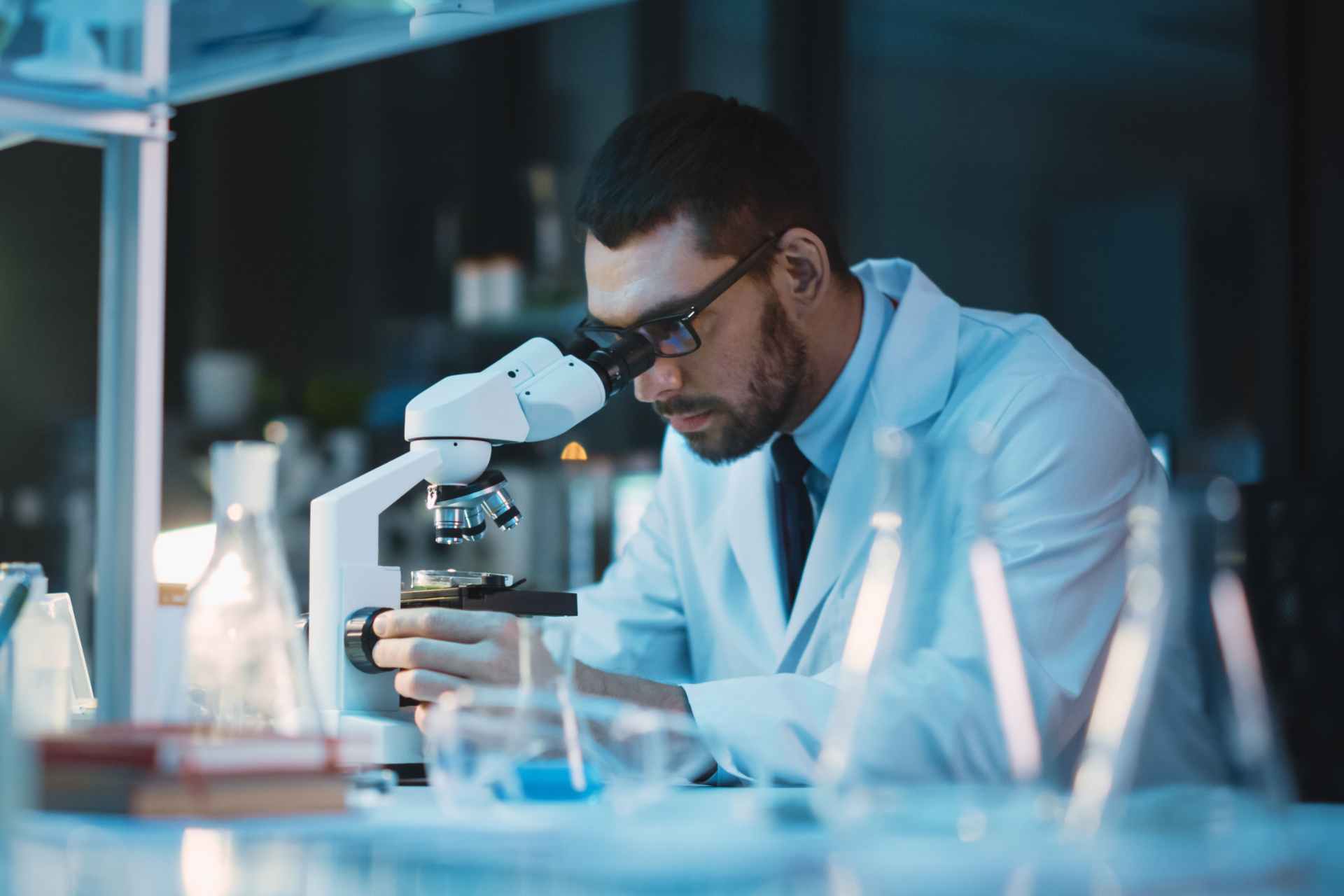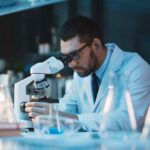When we think of probiotics, the mind often turns to familiar names, strains that have long circulated through laboratories and product labels. Yet, behind the label “live microorganisms that confer health benefits,” lies a hidden history of origin, adaptation, and the intimate dialogue between humans and their microbes. Scientists have long wondered whether early-life microbiota might still conceal unexplored strains with unique features, waiting to be identified and characterized.
Collecting the first clues
The search began with a simple but powerful idea: to explore the gut ecosystem in the earliest stage of life. Samples collected from 26 healthy babies, all breastfed and delivered naturally, became the starting point for this scientific journey. These infants, only a few months old, had guts still untouched by weaning or extensive environmental exposure, a pristine microbial landscape, a treasure trove for those who knew how to look.
Back in the laboratory, the samples became the raw material for a painstaking journey of isolation. Scientists plated them on selective media, incubated them under strictly controlled conditions, and examined the colonies that emerged. What might have looked like anonymous specks on agar plates soon revealed their identities under genetic sequencing: dozens of strains belonging to the familiar probiotic families of Lactobacillus and Bifidobacterium. From this microbial crowd, only a handful would pass the rigorous tests ahead.
The criteria were exacting. Any candidate strain had to survive the hostile environment of the human stomach, rich in acid and bile salts. It had to prove its ability to cling to intestinal cells, since without adhesion there could be no meaningful interaction with the host. Safety came next, particularly the absence of transferable antibiotic resistance genes. Finally, the strains were tested for their ability to influence immune cells, those sentinels of the body that decide whether to tolerate, resist, or respond. Each step was a hurdle, and many promising candidates fell by the wayside.
Three probiotic protagonists emerge
Out of this arduous selection process, three names began to stand out: Bifidobacterium breve 2TA, Lacticaseibacillus rhamnosus L13B, and Lactobacillus gasseri L6. Each strain, property of Coree srl, brought to the table a different kind of strength, and together they illustrated the diversity of probiotic potential hidden in the microbiome of infants.
- Bifidobacterium breve 2TA distinguished itself in its dialogue with the immune system. When exposed to human dendritic cells in vitro, this strain promoted their maturation and influenced cytokine production, tilting the immune balance toward a more active state. Though Bifidobacterium strains often struggle to withstand the harsh chemistry of the stomach, 2TA showed that survival is not the only metric of value; its ability to interact with the immune system suggested a role as a subtle but powerful modulator in the infant gut.
- Lacticaseibacillus rhamnosus L13B, on the other hand, excelled where persistence and growth mattered. It demonstrated a robust capacity to adhere to intestinal cells, ensuring it could remain in place long enough to act. Even more intriguingly, it grew successfully in reconstituted skimmed milk, hinting at the possibility of incorporation into dairy-based functional foods. Its immune profile was equally notable, stimulating pro-inflammatory cytokines such as IL-1β and TNF-α, responses that might be useful in enhancing defenses against pathogens during early life.
- Then came Lactobacillus gasseri L6, perhaps the most resilient of the trio. Unlike many strains that faltered when faced with simulated gastric transit, L6 survived with little loss of viability. It also showed one of the highest levels of adhesion to intestinal cells, positioning itself as a hardy colonizer. In immune tests, it modulated certain co-stimulatory molecules, although its effect was more modest than that of its counterparts. Still, its endurance marked it as a strain capable of real persistence in the gut environment, a quality indispensable for long-term probiotic action.
Together, these three strains represented more than just new microbial names. They illustrate a broader concept: probiotics are not interchangeable entities but unique biological actors, each defined by its own metabolic and immunological profile. Their discovery reinforces the idea that the future of probiotic science lies in precision, identifying strains that match specific physiological needs or life stages.
Beyond the Petri dish: the promise of personalized probiotics
The story does not end here. For now, the evidence rests on in vitro characterizations, a crucial first step but not the final proof of probiotic efficacy. The next chapters will need to be written in the form of clinical trials, safety validations, and perhaps the development of functional foods or infant formulas that bring these strains from Petri dish to everyday life. Yet even at this early stage, their story resonates as a reminder of how deeply connected we are to the invisible organisms that share our bodies, and how much remains to be discovered when we look at them with fresh eyes.
In the end, Bifidobacterium breve 2TA, Lacticaseibacillus rhamnosus L13B, and Lactobacillus gasseri L6 are not just bacteria: they are witnesses to the intimate, ancestral dialogue between mothers, infants, and microbes. They remind us that the quest for health sometimes begins not in distant laboratories, but in the very first days of life, carried quietly in the gut of a newborn.












